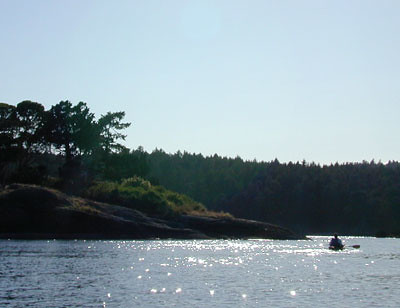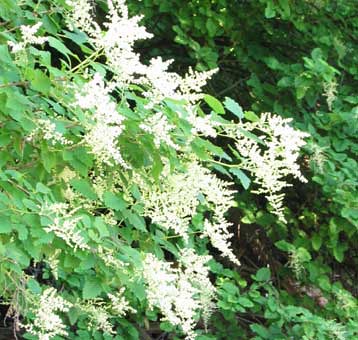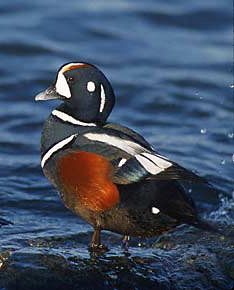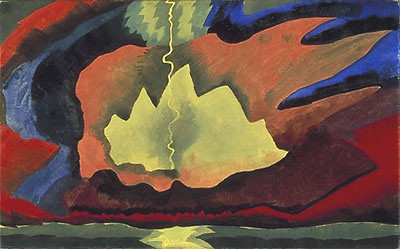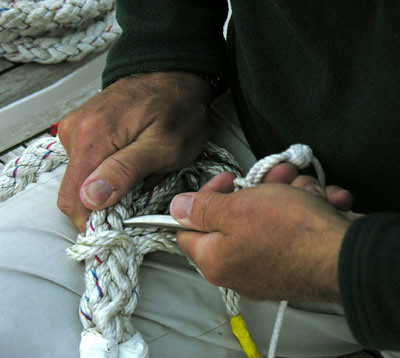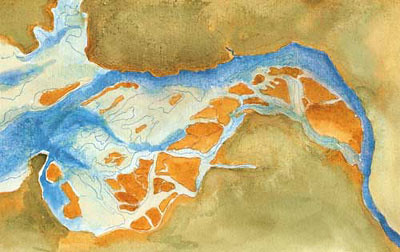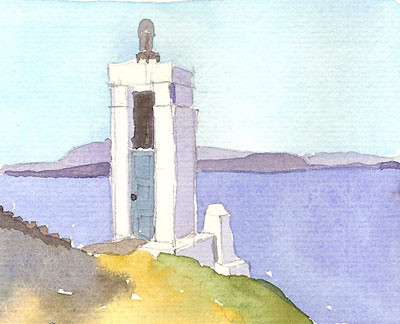Waiting with Grace
Have we mentioned that we have been waiting for our radar to be repaired? We had planned to be far north by this time, but instead have stayed in the southern waters for one, then two, and finally three weeks, hoping the problem would be identified and the radar equipment reinstalled. Almost daily we adjusted plans. Actually we feel quite proud of how well we adapted - we have gotten better and better at doing very little, and enjoying it immensely. Long kayak trips, hikes on shore, hours of watching the water and wildlife, painting and sketching, cooking. Maybe it is amazing grace - an enforced period without destination or schedule.
